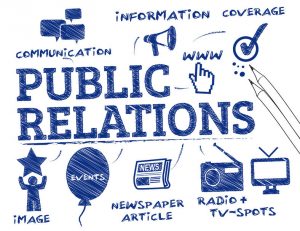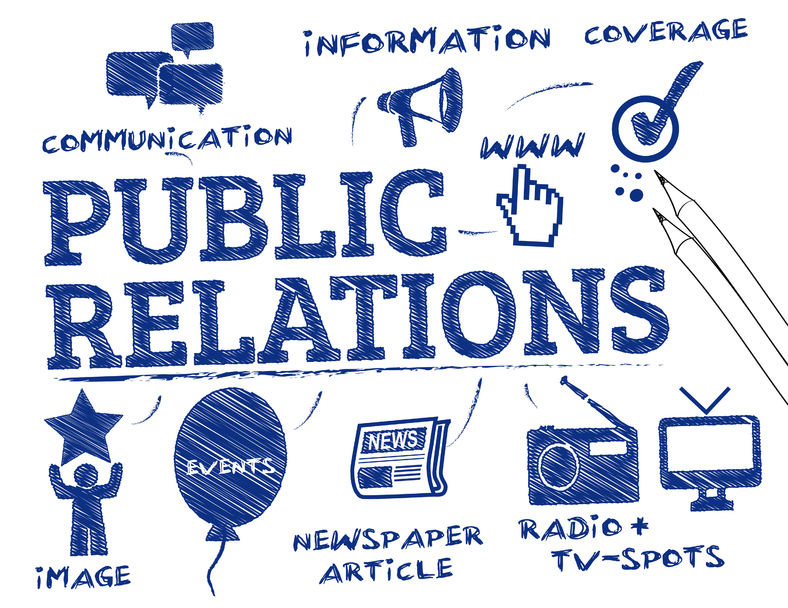
Gone are the days when public relations was limited to reputation management, press release distribution and media outreach to newspapers, radios and television. With the introduction of the Internet and additional communication channels, opportunities for PR are increasing dramatically. While companies still use press releases to spread their news, businesses and agencies have adopted newer and faster ways to get the word out about their organizations. To remain competitive, marketing and PR professionals need to adapt to these changing marketplace dynamics.
Relationships
Although relationships with the media have always been an essential part of public relations, PR now includes building relationships with the public and consumers. Social-media channels such as Twitter, Facebook and company blogs give brands increased opportunities to create and nurture these relationships. Also, they open up new venues for maintaining relationships with the media. Of course, the key to good relationships hasn’t changed. It’s about understanding the needs of your audiences. Thoroughly research your target consumer personas and media audiences. Tools might include Google Analytics, search engines and a quality media database with up-to-date profiles for journalists and influencers.
Marketing
In 1982, the Public Relations Society of America defined public relations as a function that helps an organization connect with its community. Although the definition was updated in 2012, marketing still earned barely a mention. But today public relations professionals play a critical role in driving leads into the marketing funnel through thought-leadership content.
Data-Driven Initiatives
To make the connection between public relations, marketing and revenue, PR initiatives should be driven by data and demonstrate bottom-line impact. Measuring social-media impressions isn’t enough. Instead, professionals need to be able to track incoming leads and follow them through the buyer’s journey. Include trackable links in press releases, social media and other strategic channels.

Multiple Channels
Sending out a press release to targeted editors or more broadly through a newswire distribution service is just the beginning. Post the press release on social media and distribute the release internally. Additionally, add it to your website and send it to key clients. Time distribution so audiences on multiple channels receive information in a staggered timeline.
Real Time
Digital media means the world expects organizations to function in real time.
This can be positive when it comes to engaging with influencers and customers, adjusting tactics during a campaign and seeing immediate results. However, situations requiring immediate attention don’t always occur during normal business hours. Perhaps a consumer posts a question on Twitter in the middle of the night, a troll comments on your Facebook page during the weekend or an upset customer emails the company’s general information inbox with an urgent issue during a holiday.
Doing business in real time demands that someone is always available to deal with challenges that have the potential to escalate and become problematic. Unfortunately, a crisis can crop up quickly and spiral out of control via real-time channels like Twitter. Establish multiple plans of action ahead of time so employees who manage social channels, monitor group inboxes, or are critical points of contact know how to identify, seek advice on and handle issues when they arise.
Technology and Public Relations

At its core, public relations is about earning attention for a brand when it matters most to its target audiences. PR professionals and marketers create stories that inspire people to act, create and foster meaningful relationships, and encourage engagement. Technology has completely transformed the business of public relations. Digital advances have made it faster and easier for brands to communicate with consumers and media. As channels and technologies evolve, brands will have increased opportunities to share their stories, amplify their brands and take marketing efforts to the next level.

